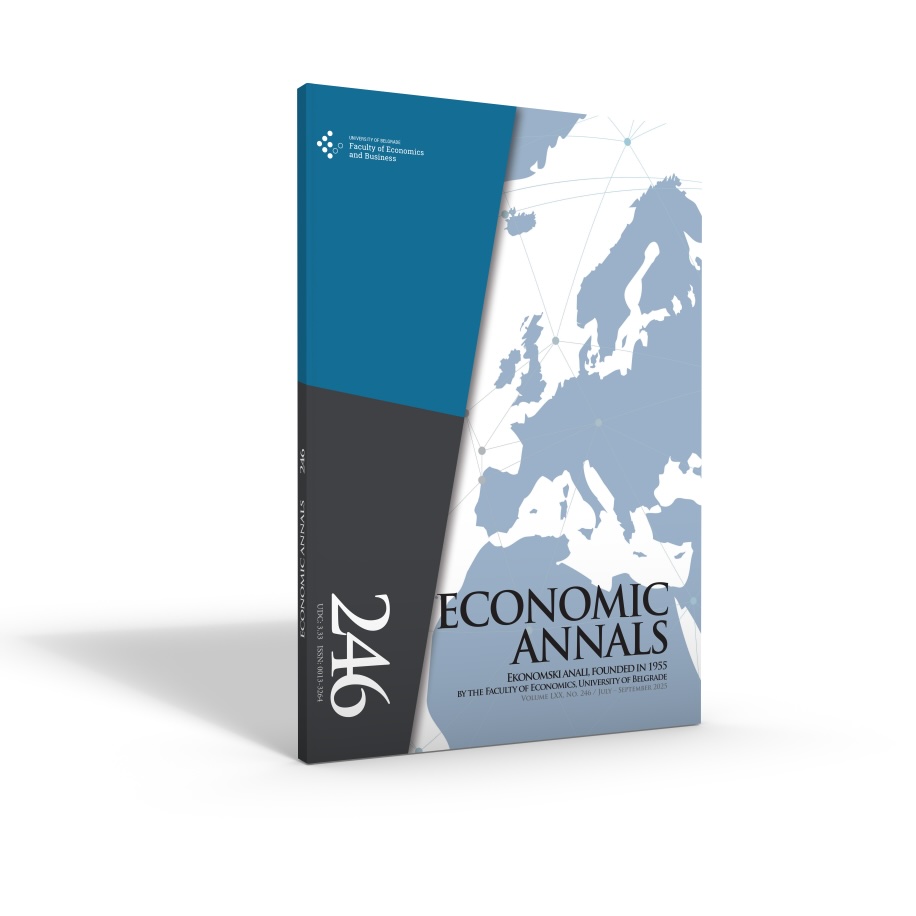INFLATION MOVEMENTS IN THE EU IN CONDITIONS OF EXTERNAL SHOCKS
##plugins.themes.bootstrap3.article.main##
##plugins.themes.bootstrap3.article.sidebar##
Abstract
This study examines the key factors driving inflation in the European Union (EU) member states, focusing on both cost-push and demand-pull effects. By analysing monthly data from January 2005 to February 2023, the study investigates how inflation dynamics have evolved over time, particularly in response to external shocks such as rising energy prices. Inflation reached its highest levels in recent decades in 2022, driven by a combination of costpush factors, such as rising crude oil prices, and the demand-pull effects that emerged in late 2021. The study employs fully modified ordinary least squares (FMOLS) and dynamic ordinary least squares (DOLS) methods to analyse long-run inflation determinants. These econometric techniques are used to address potential issues of endogeneity and serial correlation in the dataset, providing robust and reliable estimates of inflation trends across the EU. The findings reveal that inflation was initially driven by cost-push factors, but these pressures subsided as energy price growth decelerated. From October 2021 onwards, demandpull effects became more pronounced as aggregate demand surged. Additionally, the study highlights significant disparities in how EU member states responded to external energy price shocks, underscoring the need for more coordinated EU energy policy. Its results suggest that EU policymakers need to implement more coordinated fiscal and energy policies to mitigate the impacts of external price shocks. Future research should focus on country-specific drivers of inflation and assess the long-term effects of coordinated energy strategies within the union. This study contributes to the literature by using advanced econometric methods to analyse inflation dynamics over an extended period and provides valuable insights for policymakers, particularly in addressing the varying impacts of external shocks across EU member states.
##plugins.themes.bootstrap3.article.details##
inflation, cost-push factors, demand-pull effect, European Union


 https://orcid.org/0000-0001-9608-4090
https://orcid.org/0000-0001-9608-4090